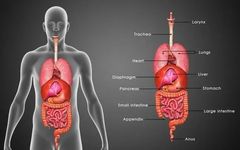Click me↑ Follow "Read a Book in Seven Days" for free health knowledge!There are a total of five organs and six bowels in the human body. The five organs are: Heart (Xin), Liver (Gan), Spleen (Pi), Lung (Fei), and Kidney (Shen); the six bowels refer to the Gallbladder (Dan), Stomach (Wei), Large Intestine (Da Chang), Small Intestine (Xiao Chang), San Jiao (Triple Burner), and Bladder (Pang Guang).
The function of the five organs is to store essence and qi; the main physiological function of the six bowels is to receive, digest food, separate clear from turbid, transform essence, and expel waste from the body without retention.

The Relationship Between the Five Organs and Health Preservation
Whenever there is an issue with the muscles, treating the Liver is correct.
Whenever there is an issue with the bones, treating the Kidney is correct.
Whenever there is an issue with the muscles, treating the Spleen and Stomach is correct.
Whenever there is an issue with the blood vessels, treating the Heart is correct.
Whenever there is an issue with the skin and hair, treating the Lung is correct.
 Functions of the Five Organs
Functions of the Five Organs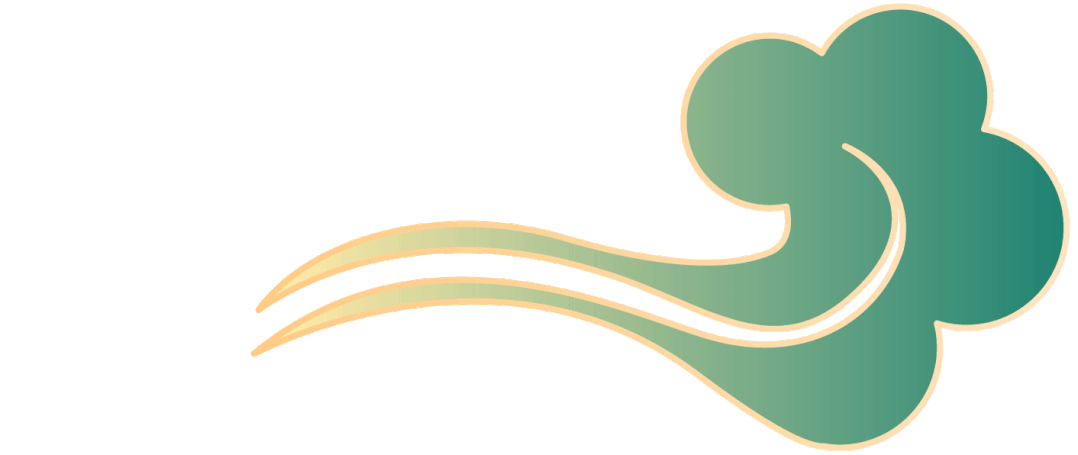
1. Heart (Xin): The Heart is the residence of the spirit, the master of blood, and the root of the pulse. It belongs to the Fire element;
Physiological Function: It governs blood vessels; governs consciousness; the Heart opens to the tongue, connects with the pulse in the body, manifests on the face, corresponds to joy in emotions, and sweat in fluids. The Heart and Small Intestine are interrelated.
2. Lung (Fei): The Lung is the place of the corporeal soul, the master of qi, and belongs to the Metal element;
Physiological Function: It governs qi and respiration; regulates the dispersal and descending of qi; controls the water pathways; governs the hundred vessels and regulates the flow (stagnation); assists the Heart in regulating the circulation of qi and blood; the Lung connects to the throat, manifests on the skin, corresponds to grief in emotions, and mucus in fluids. The Lung and Large Intestine are interrelated.
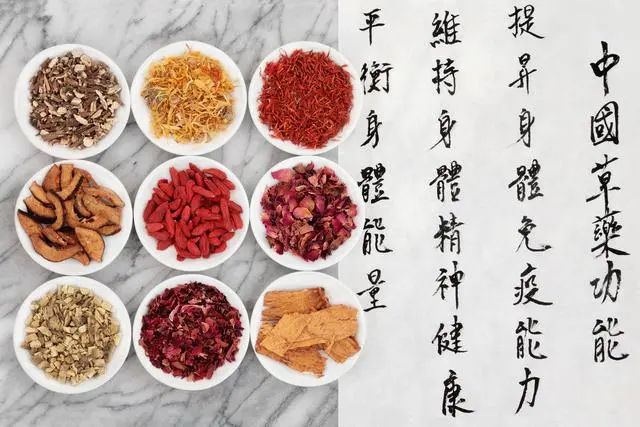
3. Spleen (Pi): The Spleen is the source of qi and blood transformation, the foundation of postnatal life, and stores intention, belonging to the Earth element.
Physiological Function: It governs transportation and transformation; it raises clear qi; it governs blood; opens to the mouth, connects with flesh, governs the limbs, manifests on the lips, corresponds to thought in emotions, and saliva in fluids. The Spleen and Stomach are interrelated.
4. Liver (Gan): The Liver is the place of the ethereal soul, the storehouse of blood, and the root of tendons, belonging to the Wood element, and governs upward movement.
Physiological Function: It governs the smooth flow of qi; stores blood; opens to the eyes, connects with tendons, manifests on the nails, corresponds to anger in emotions, and tears in fluids. The Liver and Gallbladder are interrelated.
5. Kidney (Shen): The Kidney is the foundation of pre-natal essence, stores will, and the waist is the organ of the Kidney, belonging to the Water element;
Physiological Function: It stores essence, governs growth, development, and reproduction; governs water; governs the reception of qi; in the body, it corresponds to bones, governs bone marrow, manifests on hair, opens to the ears and the two yin (anus and perineum), corresponds to fear in emotions, and saliva in fluids. The Kidney and Bladder are interrelated.
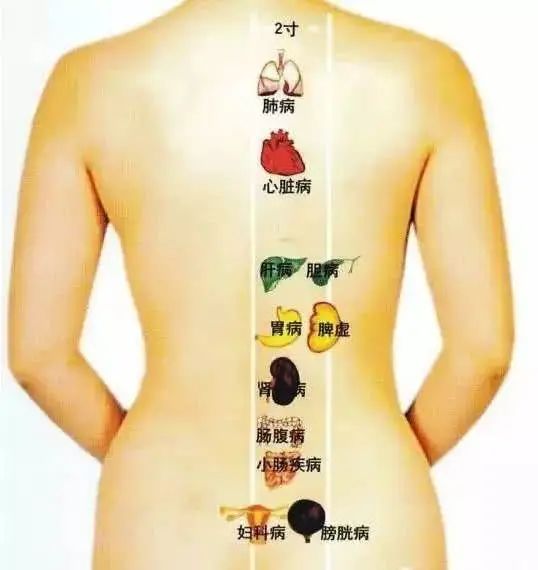
 Interactions Between the Five Organs
Interactions Between the Five Organs
Five Organs Generating Each Other: Liver generates Heart, Heart generates Spleen, Spleen generates Lung, Lung generates Kidney, Kidney generates Liver.
Five Organs Overcoming Each Other: Liver overcomes Spleen, Spleen overcomes Kidney, Kidney overcomes Heart, Heart overcomes Lung, Lung overcomes Liver.
 Relationship Between the Five Organs and the Five Spirits
Relationship Between the Five Organs and the Five Spirits
Five Spirits: Ethereal Soul (Hun), Spirit (Shen), Intention (Yi), Corporeal Soul (Po), Will (Zhi).
The Five Organs Store: Liver stores the Ethereal Soul, Heart stores the Spirit, Spleen stores Intention, Lung stores the Corporeal Soul, Kidney stores Will (“Su Wen. Xuan Ming Wu Qi Pian”).
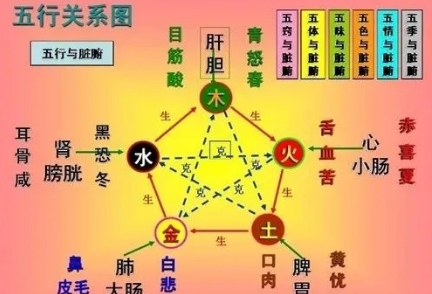
The Five Organs also generate the Five Emotions: Heart corresponds to joy, Liver corresponds to anger, Spleen corresponds to thought, Lung corresponds to grief, Kidney corresponds to fear. These emotions further develop into the seven emotions of joy, anger, sadness, thought, worry, fear, and shock.
 Relationship Between the Five Organs and the Five Fluids
Relationship Between the Five Organs and the Five Fluids
Five Fluids: Tears, Sweat, Saliva, Mucus, and Spit.
According to “Su Wen Xuan Ming Wu Qi Pian”, “The Five Organs transform into the Five Fluids: Heart corresponds to Sweat, Lung corresponds to Mucus, Liver corresponds to Tears, Spleen corresponds to Saliva, Kidney corresponds to Spit, this is called the Five Fluids.
 Relationship Between the Five Organs and the Five Orifices
Relationship Between the Five Organs and the Five Orifices
Five Orifices: Eyes, Tongue, Mouth, Nose, Ears.
The Liver opens to the Eyes, the Heart opens to the Tongue, the Spleen opens to the Mouth, the Lung opens to the Nose, and the Kidney opens.
 Relationship Between the Five Organs and the Five Tastes
Relationship Between the Five Organs and the Five Tastes
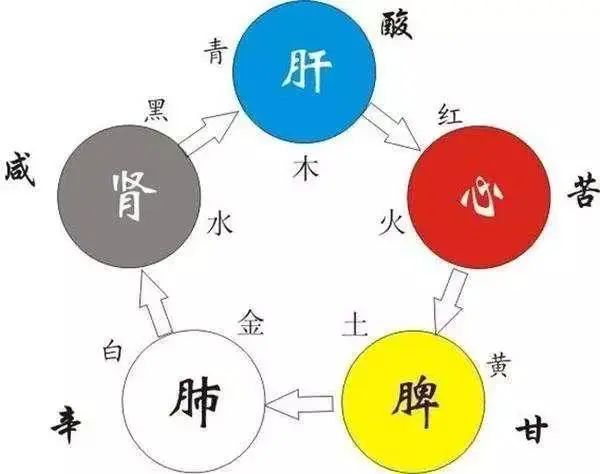
Liver—Sour (affects tendons), Heart—Bitter (affects blood), Spleen—Sweet (affects flesh), Lung—Spicy (affects qi), Kidney—Salty (affects bones).
Emotional Conflicts
Great anger harms the Liver, great joy harms the Heart, great thought harms the Spleen, excessive worry harms the Lung, excessive fear harms the Kidney; anger causes qi to rise, joy causes qi to relax, sadness causes qi to dissipate, fear causes qi to descend, cold causes qi to contract, heat causes qi to leak, shock causes qi to become chaotic, overwork causes qi to deplete, thought causes qi to stagnate; joy overcomes sadness, sadness overcomes anger, anger overcomes thought, thought overcomes fear, fear overcomes joy.
Prolonged viewing harms blood (Heart), prolonged lying harms qi (Kidney), prolonged sitting harms flesh (Spleen), prolonged standing harms bones (Lung), prolonged walking harms tendons (Liver).
 Relationship Between the Six Bowels and Health Preservation
Relationship Between the Six Bowels and Health Preservation
1. Gallbladder (Dan): Known as the official of decision-making.
Physiological Function: Stores and excretes bile, the Gallbladder governs decision-making.
2. Stomach (Wei): Known as the official of storage, when Stomach fire is excessive, hunger is quick, and upper tooth pain is related to the Stomach meridian, Neiting point;
Physiological Function: Receives and digests food, the Stomach descends to harmonize.

3. Small Intestine (Xiao Chang): The official of receiving and transforming, it collects essence;
Physiological Function: It governs receiving and transforming substances, separating clear from turbid, “the Small Intestine governs fluids”.
4. Large Intestine (Da Chang): The official of transmission, it expels waste, lower tooth pain is related to the Large Intestine meridian, Hegu point, and Jiache point.
Physiological Function: It transforms waste, the Large Intestine governs fluids.
5. Bladder (Pang Guang): The official of the state, it governs qi transformation.
Physiological Function: It stores and excretes urine, relying on the qi transformation function of the Kidney.
6. San Jiao (Triple Burner): The official of regulation, it governs the water pathways, overseeing the five organs and six bowels and internal and external pathways;
Physiological Function: It facilitates the flow of original qi, governs qi mechanisms and transformations, and is the pathway for the movement of water and fluids.
Copyright Statement: This platform aims to disseminate medical cultural knowledge, copyright belongs to the relevant rights holders, respecting knowledge and labor, please retain copyright information when reprinting. If there are any improper uses, please feel free to contact us.
· Click the text below to learn more exciting content:
After watching this video, you will definitely drink enzymes...
Frequent hand numbness is a signal of disease, common causes include 5 types
The story of 11 fish, what is the difference between "treat" and "regulate"?
If you are currently taking enzymes, please take a few minutes to read this
Click the card above to read more health knowledge

